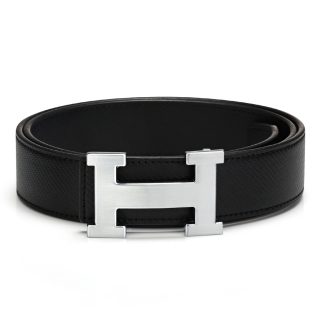
Even as the early belt was typically used for practical purposes, belts nowadays have taken a new role, from being just a functional necessity to serving as a tool of style as well. With its importance to the usefulness of any wardrobe, it is more important to be well informed on what to look for when buying a new belt.
First things first, you have to define your reason or reasons for buying a belt. If the goal is something practical (to keep your pants up), then a hard-wearing belt – traditional leather is a good example – should be a great choice. This may be pricier than its faux-leather version, but its long life surely makes it the more economical option.
Another thing to check when you buy a belt is the buckle. There are a lot of different styles and sizes that can dramatically change the total look of an outfit. From the lavish to the standard square, buckles can vary so much not only in look but in price too. There are specialty buckles can be outrageously expensive. Custom buckles are certainly not for every budget, with some reaching up to thousands of dollars. To learn more about men’s belt, visit https://www.britannica.com/topic/belt-clothing-accessory.
Belt Sizes
The most vital part of these belt shopping is making sure that you get the right size. If it’s too big or too small, this can affect not just the comfort and function of the accessory, but even its longevity and, of course, its total look. Taking your time to determine your proper belt size can save you the trouble hassle of having to buy another belt, this time of the correct size.
Besides properly sizing a belt, you also have to consider the width of the belt loops where the belt will go. For example, for most formal wear, you need a width no more than 1.5 inches, though casual pants can very easily go with anything wider. If you know this in advance, you can avoid buying the wrong belt.
Color Coordination
Color coordination is a usually ignored part of belt buying. According to the general rule, shoes and belt should always be a match. Some can go all out matching particular outfits to particular belts, but as a guide, you can follow the three-belt trick.
> One black belt to go with black shoes. (Leather is usually the safest since it can be dressed up or down.)
> A brown belt for brown shoes. (Same with black.)
> A casual belt for sneakers or tennis shoes. The belt’s material can be anything, from cloth to synthetic, as long as it produces a casual belt’s look.
Finally, the idea is to do your research and draw up a plan. Buying a belt may not feel like such an important purchase, but anything worth your money is worth putting in the effort to know more about it.